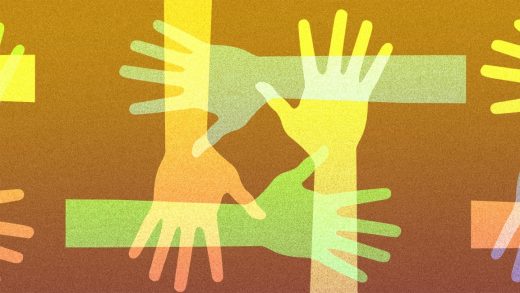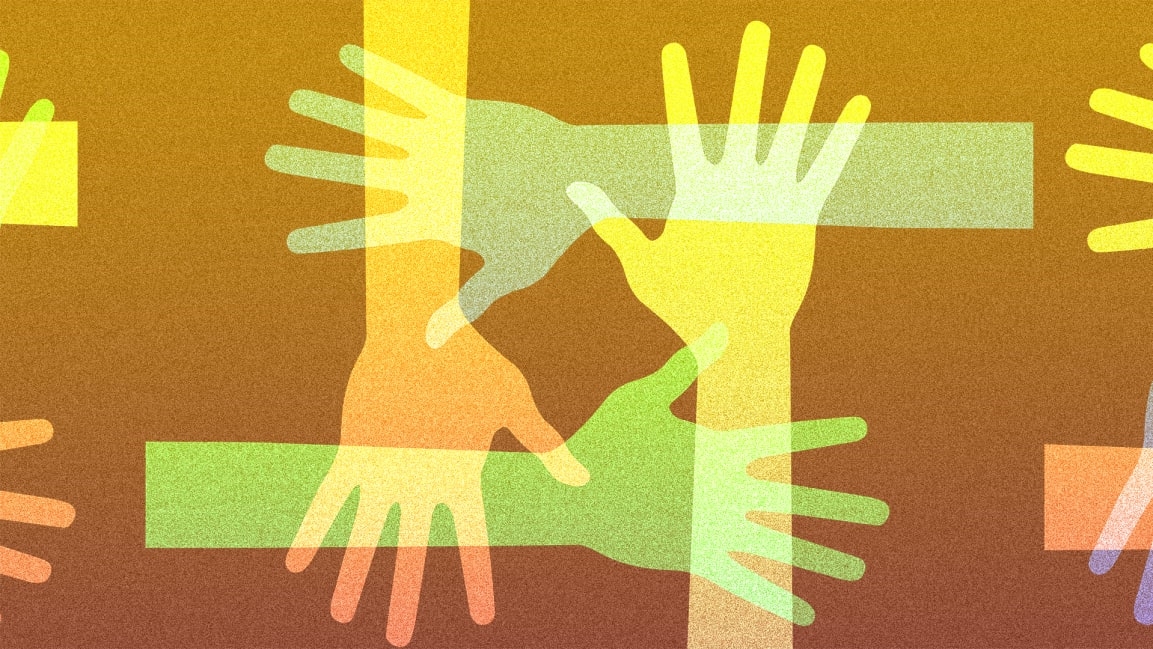Why showing up as a ‘comrade’ is the first step to inclusion in a remote environment
At last serious conversations around corporate diversity are happening. According to McKinsey & Company, the U.S. spends $8 billion on diversity training every year, but we are far from reaching systemic equity. Business leaders are assessing their internal company processes and trying to move toward more diverse and inclusive practices.
As many of us continue to work remotely, it can feel like we are more disconnected or our company culture is out of our hands. It doesn’t have to be this way. We can all better support our colleagues and the companies we work for to have a real impact on diversity and inclusion within our teams. Change must happen at every level, especially at the individual. Small changes in how each and every one of us approaches diversity add up to a tremendous difference.
What the Black Lives Matter movement and increased diversity and inclusion initiatives demonstrate is every single person must be involved in the solution. Taking up allyship is a great first step and demonstrates support. But what is really needed are comrades, individuals who work to drive change, especially during work hours.
Before we can start to be a part of the solution, we need to understand why current diversity programs don’t work. On a base level, we see that many companies have employee resource groups (ERGs). These groups are meant to help people who are a part of marginalized communities survive in the workplace. But what they are really doing is creating support groups for small portions of staff (usually women, LGBTQ+, or people of color) instead of working to create a truly inclusive community that promotes a sense of belonging.
Think about how unfortunate this is. The mere presence of these groups signals that corporate America has inherent biases toward certain people and they need support to survive it. As business leaders everywhere are looking at how to change company culture on a structural level, each of us can step in and build a new culture from the ground up. Corporate culture is a learned behavior. It’s the result of every single person in the company, at every level, contributing and being invested—even while working from home.
Here are a few things we can do to change company culture from anywhere.
Business leaders and managers do have a responsibility to lead by example and make space for change to take place. As a leader, you have the authority and responsibility to think about how to create an environment that promotes inclusion and belonging.
Undoubtedly as teams work remotely, changing our daily habits will take more effort. In a physical office, people can casually chat with new people and exchange ideas. Management needs to create ways for teams to engage with one another outside of work meetings.
My team at Holler has experimented with “virtual mixers” where teams who might have interacted in the office but don’t work together daily have a chance to catch up on a human level. Internal town halls can also be effective and easy to execute remotely. They open the floor to candid and transparent conversations with leadership in a way that is less intimidating or performative.
Employees typically look to the executive team to drive all change. Therefore, leadership does need to set up an environment that embraces and promotes diversity, inclusion, and belonging. For sustainable long-term change to happen, though, workers within every tier of the company need to raise their awareness, take responsibility, and commit to investing in cultural change.
Travis Montaque is the CEO of Holler. He has made numerous lists, including Entrepreneur Magazine’s The 50 Most Daring Entrepreneurs in 2018 and Forbes’ 30 under 30 in 2016.
(30)



